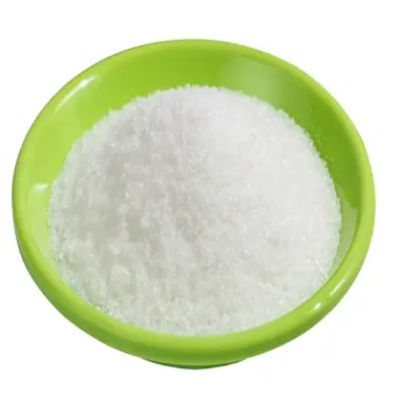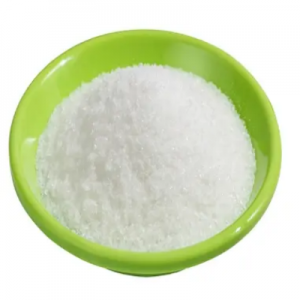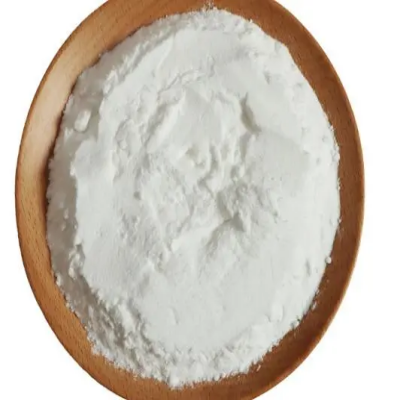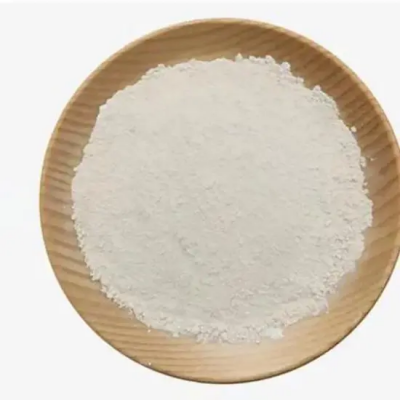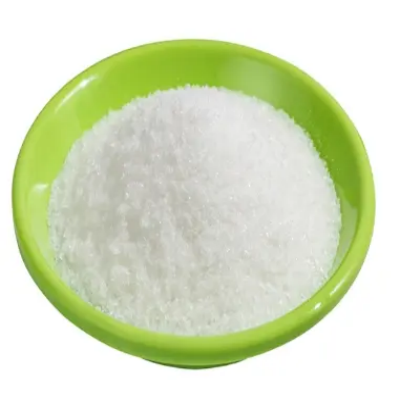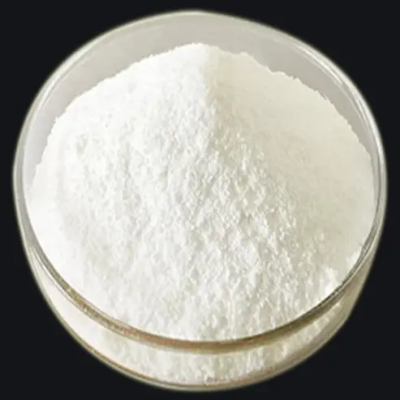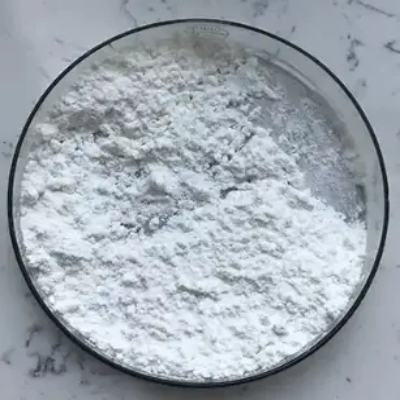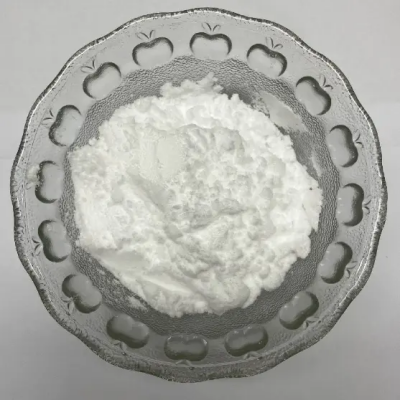ethyl 2-(piperidin-4-yl)butanoate hydrochloride CAS:874365-18-1
The synthesis of ethyl 2-(piperidin-4-yl)butanoate hydrochloride typically involves straightforward synthetic routes utilizing commercially available starting materials. Common methods include the condensation of piperidine with ethyl butanoate, followed by salt formation with hydrochloric acid to yield the hydrochloride salt. Analytical techniques such as NMR, IR, and mass spectrometry are employed to confirm the compound's identity and purity. Molecularly, ethyl 2-(piperidin-4-yl)butanoate hydrochloride exhibits a piperidine ring structure attached to a butanoate moiety. The ethyl ester group adds lipophilicity to the molecule, potentially influencing its distribution and metabolic stability. The hydrochloride salt form enhances the compound's water solubility, which can be advantageous for pharmaceutical formulations. Pharmacological Significance and Potential Applications The structural features of ethyl 2-(piperidin-4-yl)butanoate hydrochloride make it a promising candidate for pharmaceutical research. Piperidine derivatives are known for their diverse pharmacological activities, including analgesic, anesthetic, and antipsychotic properties. The presence of the butanoate moiety may influence the compound's pharmacokinetic profile, affecting factors such as absorption, distribution, metabolism, and excretion. The hydrochloride salt form of ethyl 2-(piperidin-4-yl)butanoate enhances its aqueous solubility, making it suitable for parenteral administration and formulation into various dosage forms. This expands its potential applications in the development of therapeutic agents targeting central nervous system disorders, pain management, and anesthesia. In conclusion, ethyl 2-(piperidin-4-yl)butanoate hydrochloride presents an intriguing molecular scaffold with significant pharmaceutical implications. Further research into its synthesis, structure-activity relationships, and pharmacological applications is essential to fully explore its therapeutic potential in various disease contexts.



| Composition | C11H22ClNO2 |
| Assay | 99% |
| Appearance | white powder |
| CAS No. | 874365-18-1 |
| Packing | Small and bulk |
| Shelf Life | 2 years |
| Storage | Store in cool and dry area |
| Certification | ISO. |


